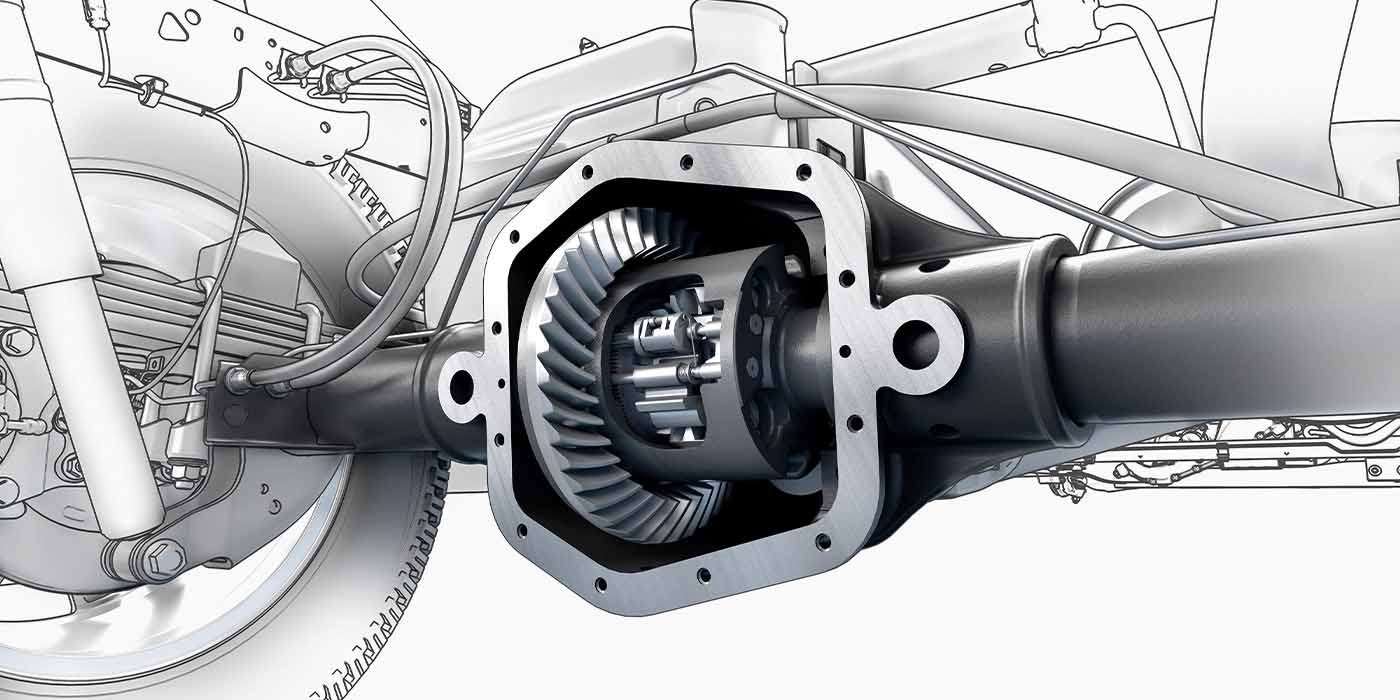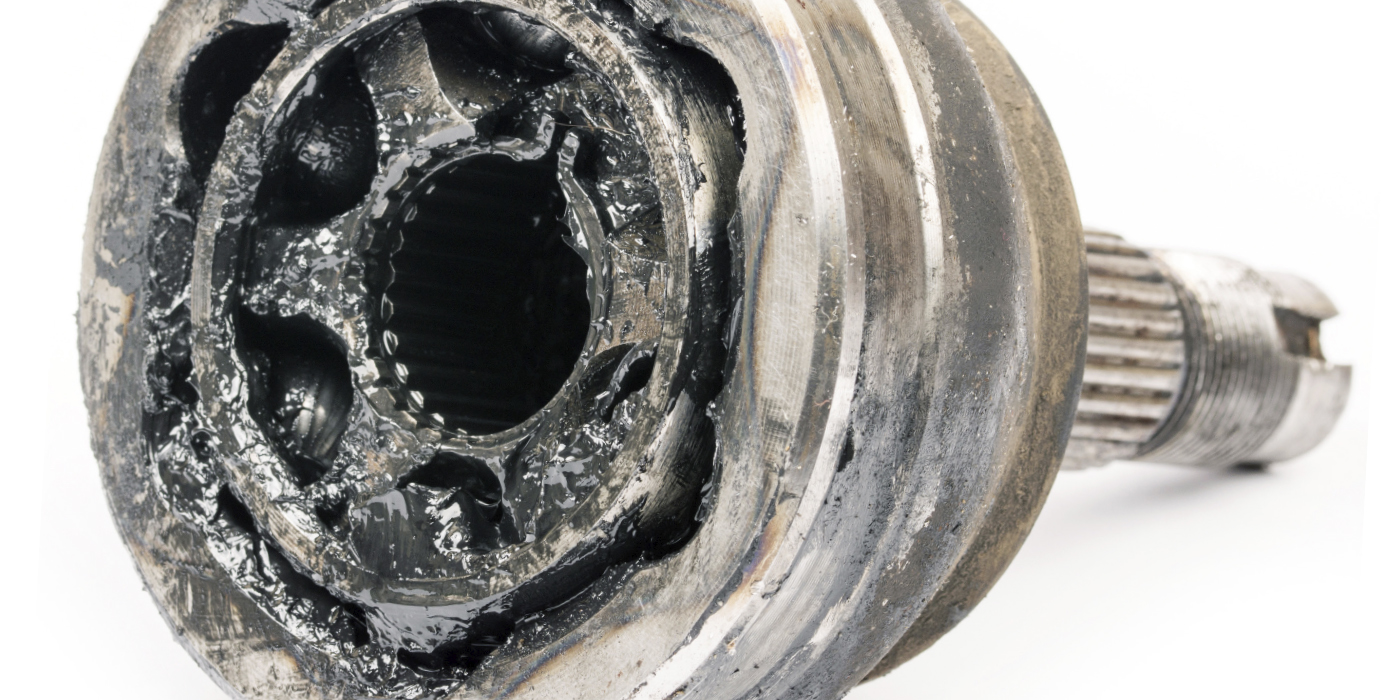By Larry Carley
Technical Editor
The condition of the battery as well as its state of charge are critical in late-model vehicles not only for reliable cranking and starting, but also for the onboard electronics. Low battery voltage can cause control modules to misbehave, or in some cases to go into a sleep mode and shut down. A dead battery is even worse because extremely low voltage or no voltage can cause some modules to forget learned data, adaptive adjustments or even programmed settings in their Keep Alive Memory chips. This, in turn, may require special relearn procedures to reset the forgetful modules after power has been restored, and/or reprogramming the module with a factory scan tool.
Disconnecting the battery in many late models to test, charge or replace a battery can be risky. So to save the memory settings, a battery backup should always be connected to the battery cables or a live power receptacle before disconnecting the battery.
With that warning in mind, let’s look at what needs to be tested. For a battery to do its job reliably, it must be capable of providing a certain level of voltage, it must be capable of accepting and holding a charge, and it must be capable of delivering a certain number of cold cranking amps (CCA). If it comes up short any any of these three areas, it may cause starting, driveability and/or operational problems.
State of Charge
The first thing that needs to be checked when testing a battery is its state of charge. A fully charged battery in good condition should read 12.66 volts at 80° F (deduct one-tenth of a volt for every 10-degree drop in temperature). If the battery reads 12.4 volts or less, it’s low and needs to be recharged.
Battery voltage can be measured with any voltmeter (analog or digital). You can also use the voltmeter to check the charging voltage when the engine is running (which should be about 13.5 to 14.5 volts on most vehicles depending on the battery’s state of charge and temperature). If the charging voltage is low, that would probably explain why the battery is low.
But a simple voltage check doesn’t tell you anything about the condition of the battery. As a battery ages, the lead plates in the cells become sulfated if the battery is not maintained at or near full charge. Sulfate reduces the battery’s ability to accept and hold a charge, as well as the battery’s power output. Recharging the battery reverses the chemical reaction and forces the sulfate back into the solution in the acid or gel between the plates. Even so, after many discharge-recharge cycles, the sulfate continues to accumulate preventing the battery from fully recovering. The battery then produces less and less power, and eventually it fails.
Average battery life for most lead-acid batteries is only about four years, and may be as short as three years in hot climates. Absorbent Glass Mat (AGM) gel cell batteries are somewhat better and typically last a couple of years longer than liquid lead-acid batteries. But no battery lasts forever.
You can’t really estimate a battery’s condition by its age alone because you don’t know if the battery has been maintained at or near full charge for most of its life. If a vehicle sits for many days at a time without being driven, or the vehicle is not driven far enough to fully recharge the battery, the battery can become sulfated very quickly. Consequently, you need to test the battery with some type of battery tester to see how it responds.
Load Testing
For many years, the only technology available for testing batteries was the carbon pile load tester. A load tester does just what the name implies: it places a calibrated load on the battery to measure how the battery responds. The load is an adjustable carbon pile, which acts like the heating element in a toaster to pull amps from the battery. The load is adjusted by turning a knob, and is set to approximately half the battery’s CCA rating. The load is then applied for a fixed amount of time (typically 15 seconds) while you watch the voltage reading on the tester.
If the battery is at or near full charge (12.5 to 12.66 volts) at the start of the test, and does not drop below 9.6 volts by the end of the test, it is considered “Good.” But if the battery drops below 9.6 volts, it is considered “Bad.”
The simplest load testers have an analog or digital voltmeter to display battery voltage before and during the load test. Some testers also have an ammeter to show the actual amp load on the battery, and for measuring starter current draw during a cranking test (which is another way to test the battery’s power output).
The main drawback with the traditional load test is that it will give a “Bad” battery indication if the battery is low (less than 12.5 volts) at the beginning of the test. You also have to remember to compensate for temperature (deduct a tenth of a volt for every 10-degree drop in temperature). Some load testers that display a Good or Bad battery indication have automatic temperature compensation built in, but most do not.
If the battery is low prior to testing, it must be recharged. But as we cautioned at the beginning of this article, disconnecting the battery in a late-model vehicle to recharge it or test it can have negative consequences — if you forget to use a battery backup to maintain voltage to the onboard electronics.
Electronic Testers
Recharging also takes time, even with a fast charger. So the fastest, easiest and safest way to test batteries today is with a tester that can test low batteries as well as fully charged batteries in the vehicle.
About a decade ago, several new battery testing technologies were developed to make this possible. One type of electronic battery tester still applies a load to test the battery’s response, but the load is much smaller (a “micro” load) and the results are monitored electronically to determine if the battery is Good or Bad.
To test the battery, the test leads are connected to the battery terminals and the battery’s CCA rating is manually entered into the tester. Most testers will display the voltage reading of the battery at the start of the test, which will tell you if the battery is run down. But it doesn’t really matter because this type of tester will give accurate results even with a low battery. The micro-load is applied for about 10 to 15 seconds, then a Good or Bad indication is displayed at the end of the test.
The electronics in the tester decides if the battery passes or fails the test. This means you don’t have to monitor and interpret the voltage readings during the test or remember to compensate for temperature. Consequently, there is less chance of making a mistake and replacing a battery unnecessarily. This type of battery tester is claimed to be about 95% accurate, and is less apt to be fooled by dirty or corroded battery terminals than the next type of battery tester.
Battery Conductance Testers
Another way to test a battery is to measure its “conductance.” When a low frequency alternating current (AC) signal is sent through a battery, it can reveal how much plate area is available to hold and deliver power. As a battery ages, its conductance declines. Shorts, opens and other cell defects also affect conductance, so measuring conductance gives an accurate indication of battery condition.
Some battery testers use a slight variation of this technique and send a high frequency signal through the battery to measure its internal resistance.
One of the main advantages of conductance testing is that it can test batteries that are low or almost completely discharged. It can be done with the battery in the vehicle and without disconnecting the terminals (though the terminals must be clean and tight). If the posts or side terminals on a battery do need to be cleaned (which is recommended), remember to use a battery backup to maintain voltage to the onboard electronics.
A conductance test can also be repeated multiple times on the same battery without draining the battery (unlike a traditional load test which pulls a lot of amps out of the battery). That also saves time because there’s no need to recharge the battery before or after testing.
Some conductance testers also analyze the battery’s CCA capacity, which can be used to estimate the battery’s remaining service life. Some also allow you to measure the amps drawn by the starter while cranking the engine, and analyze the charging system’s output under load once the engine is running.
If the tester reads cold cranking amps, you can also use it to diagnose bad ground connections by running a battery CCA test at the battery terminals, then repeating the same test using a ground point on the engine or elsewhere. A difference of more than 25% in the CCA readings between tests indicates a bad ground.
How Much To Spend
You can buy a small hand-held battery tester for as little as $20, or spend as much as $1,600 or more for a full-blown battery/starter/charging system analyzer. A basic electronic hand-held battery tester (conductance or micro-load) will typically cost $100 to $150. A high capacity carbon pile load tester, on the other hand, may cost $500 to $700 or more.
As you add features, the price goes up. Battery testers that can also analyze the charging and starting system typically sell in the $500 to $1,500 range. Many of these have data recording abilities and can communicate with the PC via an infrared link.













